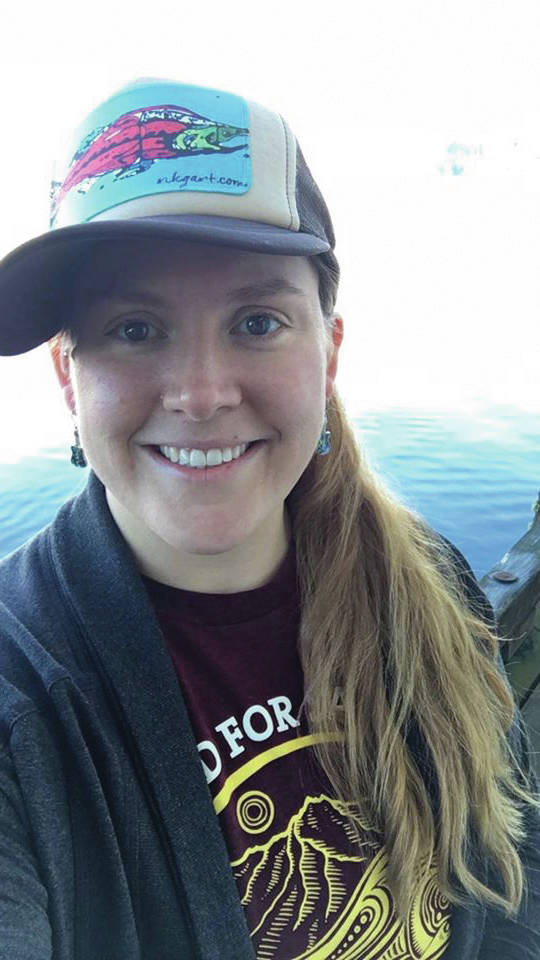Alaska is salmon country, where fish feed our communities in every way — sustenance, work, recreation, art, faith, family, tradition and culture. For us, second- and third-generation commercial fishermen raised on Cook Inlet, salmon is a complex livelihood and identity built on all of those things.
We are proud to wield the skills our fathers taught us, and proud that we are able to venture onto an unruly ocean and return with food for our communities. That is the core purpose of commercial fishing: the movement of healthy protein from the ocean to the people.
An incredible industry has grown around it, reaching from riverbed to global marketplace. But our first duty is as local harvester, as small business owners bolstering the food security and economic stability of coastal Alaska.
In Cook Inlet, commercial fishing provides essential coastal livelihoods through hundreds of small locally owned businesses, and thousands of jobs in the harvesting, processing and marine trades sectors. Additionally, 79% of Cook Inlet fishermen are Alaska residents.
Unfortunately, much of the dialogue surrounding the Alaska Board of Fisheries meeting for Upper Cook Inlet has worked to diminish the vital role that Alaska’s commercial fishermen play in providing a food source and economic engine for Alaska. Many proposals and commenters seek management measures that could deal a death blow to an already excruciatingly restricted commercial fishery.
Alaska needs a diversity of access opportunities to truly feed its people. Individual access through personal use fishing is a vital piece of that, but individual access alone does not provide for the populace. Commercial fishing is what provides food security for the community as a whole.
Beyond that vital role, there are many fundamental ways Cook Inlet commercial fishing feeds Alaskans directly.
In 2019, just three of Cook Inlet’s core seafood processors sold a combined 2.6 million pounds of fillets of locally caught fish to Southcentral Alaskans.
Restaurants from Homer to Anchorage and beyond feed customers year-round with local fish — our working waterfronts, commercial fishermen and their harvests are an iconic attraction.
More than a thousand resident Upper Cook Inlet permit holders, and thousands more resident crew members, fill their freezers and feed their families with commercially caught salmon.
Thousands more Alaska families purchase salmon directly from commercial fishermen and local processors. Many Alaskans do not have the time, equipment or physical ability to harvest their own fish. Our commercial fishermen provide fish to young families, elderly residents, people with disabilities and many others who cannot or choose not to harvest independently. These Alaskans are fed by commercial fisheries.
A secure food system requires harvesters to move sustenance to the people. The Alaskans for whom commercial fishing provides their preferred and often only access to the Cook Inlet resource should not be ignored, or disregarded as less deserving or less valuable than that of the independent dip netter or the visiting sport fisherman. And yet, that is the direction our policies and dialogues are trending.
It is crucial that we rebuild a philosophy in Southcentral Alaska that values all users. We must challenge our perceptions of each other and our differing ways of interacting with the salmon resource.
As lifelong Alaskans, we share the values of independence and resiliency celebrated by all types of fishermen — these are our neighbors, friends and family in salmon country. It is our greatest hope that the Board of Fisheries deliberations and decisions this week focus on tools and policies that protect all of the important ways Alaskans access salmon. The well-being of our coastal communities depends upon it.
Hannah Heimbuch of Homer and Georgie Heaverley of Anchorage are Cook Inlet commercial fishermen.

